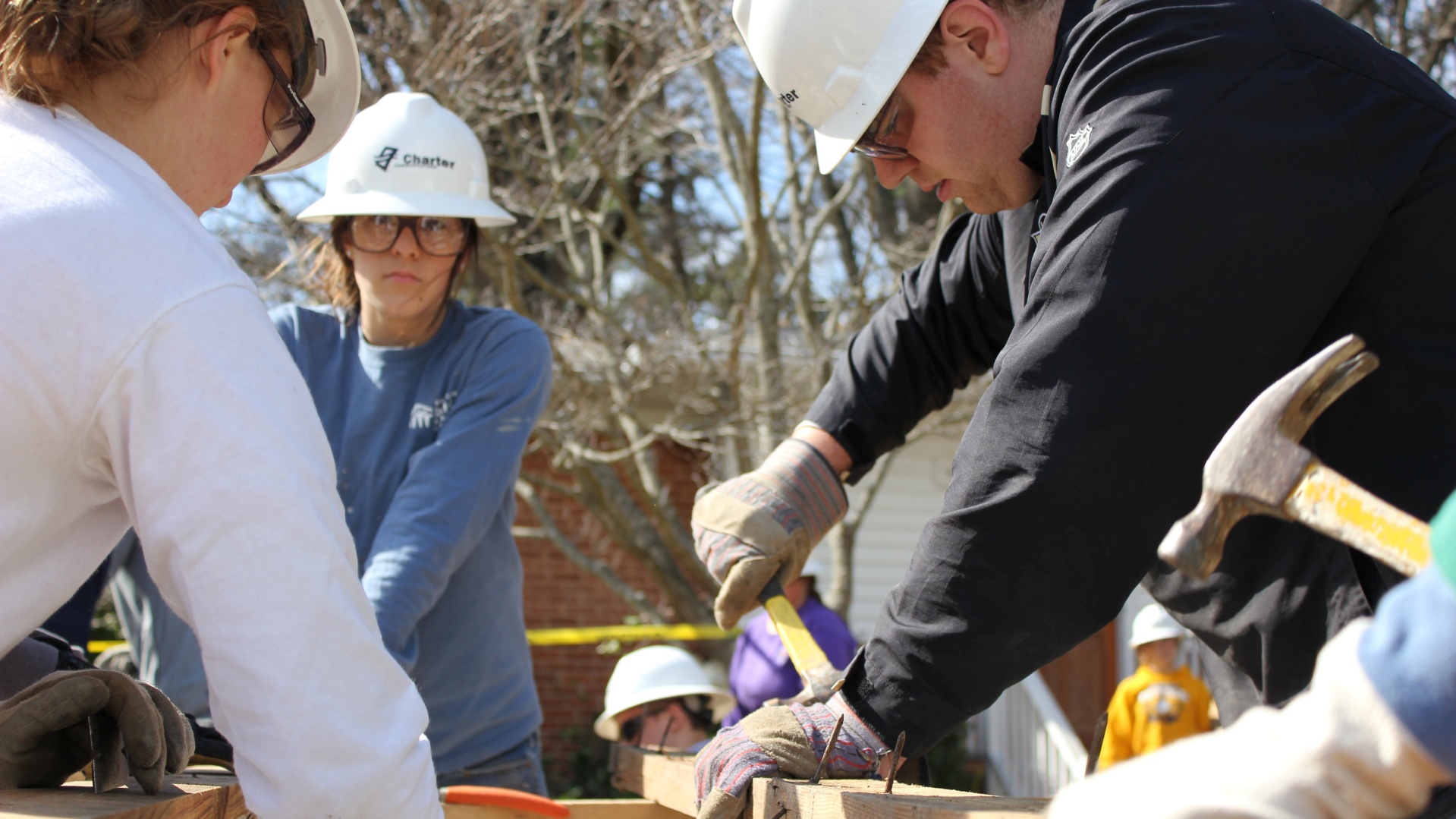Whether you are having problems opening your garage door or can’t get it to close, the solution may be simpler than you think. First, make sure there is nothing obstructing the doors path for closing and check that the photo eye sensors are correctly adjusted.
These simple maintenance tips can help you avoid costly garage door repairs.
Expert in providing reliable Team garage door installations, repairs, and maintenance services with the utmost professionalism and customer satisfaction.
1. Stuck or Frozen Door
A garage door that is stuck in place or frozen shut not only detracts from the aesthetic of your home, but also exposes your belongings to the elements and can be a security risk. Luckily, this is an easy fix that doesn’t require the help of a professional.
First, check that the sensors are unobstructed. The photo eye sensors can be confused by dirt, causing the doors to think there is an object in their path.
Apply a silicone-based lubricant to the latch mechanism and moving parts. A heat gun or hair dryer can be used to gently heat the components and melt the ice, but take care not to damage the weather seal.
2. Unresponsive Door
If your door is not responding, you will likely need to have it adjusted. This can happen from general use over time or from improper installation. A professional will be able to advise you on the best solution for your situation.
If your door is not latching properly, it could be a sign that there is a problem with the sensor alignment. Ensure that nothing is in the way of the sensors (twigs, shrubbery, tools or toys can interfere). Also make sure the hinges are tightened. If not, you can try adding shims to even out the door’s frame.
3. Excessive Noise
Over time, your garage door’s hardware can loosen up and cause rattling or slapping noises during operation. Tightening the nuts and bolts that hold your tracks, hinges, springs, and cables might solve a large part of the problem. Replacing the metal rollers with nylon ones can also reduce the noise level significantly.
Lubricating the rollers, track and other hardware is another great way to reduce noise. Regular lubrication reduces friction between metal components and makes them run more smoothly.
4. Damaged Rollers
The rollers in your garage door system help it move smoothly during operation. However, if they become damaged or worn out, the door may start to jerk.
Loose screws or bolts can cause the track to shift, which will then create an imbalance. To resolve this issue, simply tighten the hardware and give it a wipe down.
The sensors on your garage door help it safely stop and reverse when something or someone is in the path of its descent. However, dust or debris can interfere with the sensors’ alignment, causing them to think there is something in the way when there isn’t.
5. Damaged Cables
If your garage door moves unevenly, it may be due to a broken cable. In this case, one side of the door will lift up faster than the other. To fix this, you will need to wipe down the sensors on either side of your garage door and make sure nothing is blocking them.
Alternatively, you can use a piece of stiff wire and heat shrink tubing to add rigidity to the cables. Just make sure the wire insulation is not damaged, as this can cause friction that could lead to a break.
6. Faulty Opener
If you’ve pressed the remote or wall switch and the door still won’t move, a faulty opener is probably to blame. If this is the case, a capacitor or logic board may have blown.
To check for these issues, remove the wires from the switch and touch them together (do not attempt this with the power running). If you get a response, the switch is fine but the wires could use an upgrade to 18-gauge wire.
If not, the safety sensors might be blocked or unable to see each other. Inspect the sensors and clean off any dirt/debris to fix this problem.
Experienced garage door repair contractors fix springs, openers, tracks and panels swiftly ensuring safety and functionality with reliable service.
7. Weather Stripping
Weather stripping is a key component to the door and window seals that prevent drafts. It is one of the easiest and most effective do-it-yourself projects to perform and can reduce energy costs significantly.
Look for signs that your weather stripping is in need of replacement. If it is no longer bouncy, or feels hard and brittle, it’s time to replace it.
Clean the surface you will be attaching the new weather stripping to with soap and water to remove any debris. If the old weather stripping is screw-on, remove it by starting at one end and slowly pushing a putty knife underneath to separate it from the frame.
Developed by the JetRank SEO editorial team. For any concerns or recommendations, please reach out to the SEO team at JetRank.











